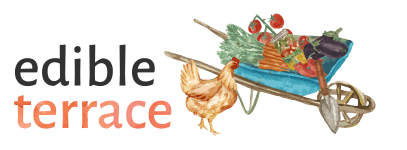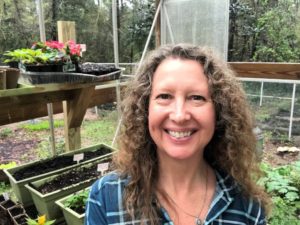Hey! By the way… TheEdibleTerrace is reader-supported. When you buy through links on our site, we may earn an affiliate commission and as an Amazon affiliate, we earn from qualifying purchases. Thanks in advance for your support!

10/2017 Update: This article was originally written when we were living in Key Largo. We are now living in a very rural area South of Tallahassee. The birds I see on a regular basis have definitely changed. We have run into a new problem too. Bears! They wander through our neighborhood onaregularbasis pilfering through garbage cans, etc. They are especially attracted to bird seed. So guess what I am NOT putting up at my new house?!? Mhmmmm. Have to go all natural here. Maybe you do too?
Are you pondering what plants, trees and shrubs are the best to attract more birds? Good! We are too! Our hometown is fortunate enough to be a layover point for migrating birds so we are seeing many species right now. Outside our house is a Gumbo Limbo tree FULL of cardinals, woodpeckers, finches, doves and of course, squirrels! Where is that squirrel proof bird feeder?!?
Three miles down the road are the wetlands of the Florida Keys Wild Bird Rehabilitation Center so every afternoon hawks, parrots, blue jays, ibis and turkey vultures fly right over our house. What a sight!
However, if I want them to land nearby and hang out, I need to provide the right kind of plant environment right?
According to The Cornell Lab of Ornithology, we have multiple choices. They discuss four varieties: deciduous trees, conifer trees, vines, and shrubs.
Recommended Deciduous Trees are:
- Mulberries
- Serviceberries
- Flowering Dogwood
- Crabapples
- White Oak
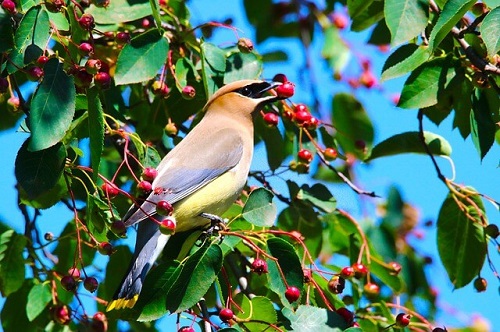
Serviceberries
Recommended Coniferous Trees are:
- Eastern red cedar
- Spruces
Recommended vines are:
- Wild grape
- Virginia Creeper
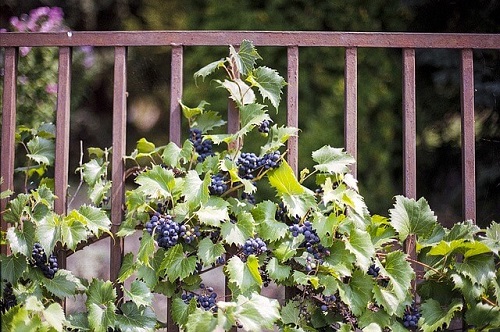
Virginia Creeper
Recommended shrubs are:
- Northern bayberry
- Staghorn sumac
- Red-osier and Gray dogwoods
- Nannyberry
- Winterberry (holly)
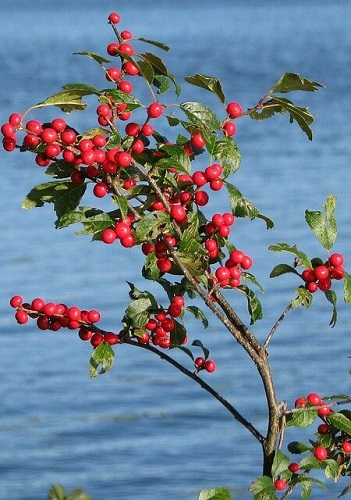
Winterberries
You can choose these plants based on the time of year you want them to fruit and/or the types of birds you want to attract.
For example, Mulberries and Serviceberries are the only plants listed that fruit in the summer. This is important to know if you want to offer your avian friends a natural food to eat during the summer. Both trees are attractive nesting spots too.
Some winter fruiting plants are:
- Virginia Creepers
- Northern Bayberry
- Winterberry
These three also provide nesting sites and potential cover. (Cover is a very important element to provide in your backyard if you want your avian friends to stick around.)
PS Cornell offers a fun YardMap tool in which you enter your zip code and a list of resources such as native plants, nearby nurseries and locally sighted birds are offered up.
Are you inspired to start planting now?!? I am!
